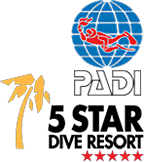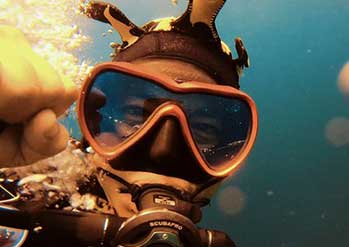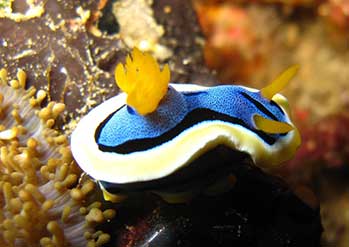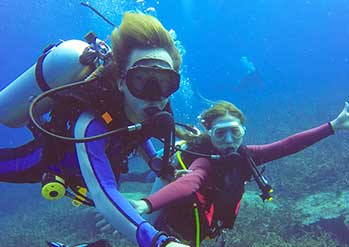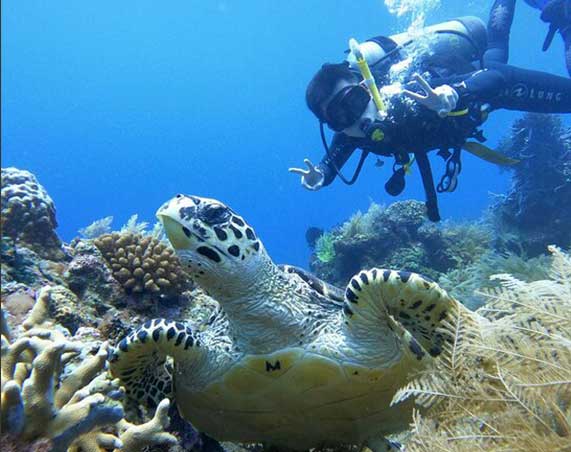Padangbai and Candidasa Dive Sites: Reef & Muck Diving and Unique Marinelife
Amuk Bay – with Padangbai to the south and Candidasa at the north – has some of Bali’s best dive sites and may be Bali’s premier location for sharks.
The Blue Lagoon area, just outside Padangbai, is a treasure-trove of marinelife that includes reef sharks, rhinopias, cuttlefish, Leaf scorpionfish, frogfish, lionfish, nudibranchs and a huge area of Staghorn coral. The area also offers excellent night-diving with Cat sharks, Spanishdancers, crustaceans, basketstars and hunting cephalopods to be found.

Mimpang is the name given to three rock pinnacles that break the surface. The southern, deeper end offers a spectacular wall with profuse corals, many fish and the opportunity to see pelagics. There are often thermoclines around 20m.
The breath-taking diving at Tepekong, a 300m long rock, is for experienced divers only due to the steep walls, cold water and (often strong) currents. In Tepekong’s famous ‘Canyon’, with its swirling waters and dramatic, craggy walls, we see schooling fish such as sweetlips, possibly Mola-Mola (Ocean sunfish) in season, White-tip reef sharks and turtles.

Biaha, a little to the north, offers some of Bali’s most stunning diving (it’s my favourite site). Here you can see a wonderful mixture of fish, sharks and frequent pelagic visitors set against a backdrop of chiselled black walls with beautiful, healthy corals and often superb visibility. Inside Biaha’s cave you can find anything from Nembrotha nudibranchs to sleeping White-tip reef sharks. Biaha is best dived at slack high tide and can be quite surgy.
It is essential your Dive Guide has extensive experience at Mimpang, Tepekong and Biaha because not only can conditions change without warning – both up and down currents are quite common.

